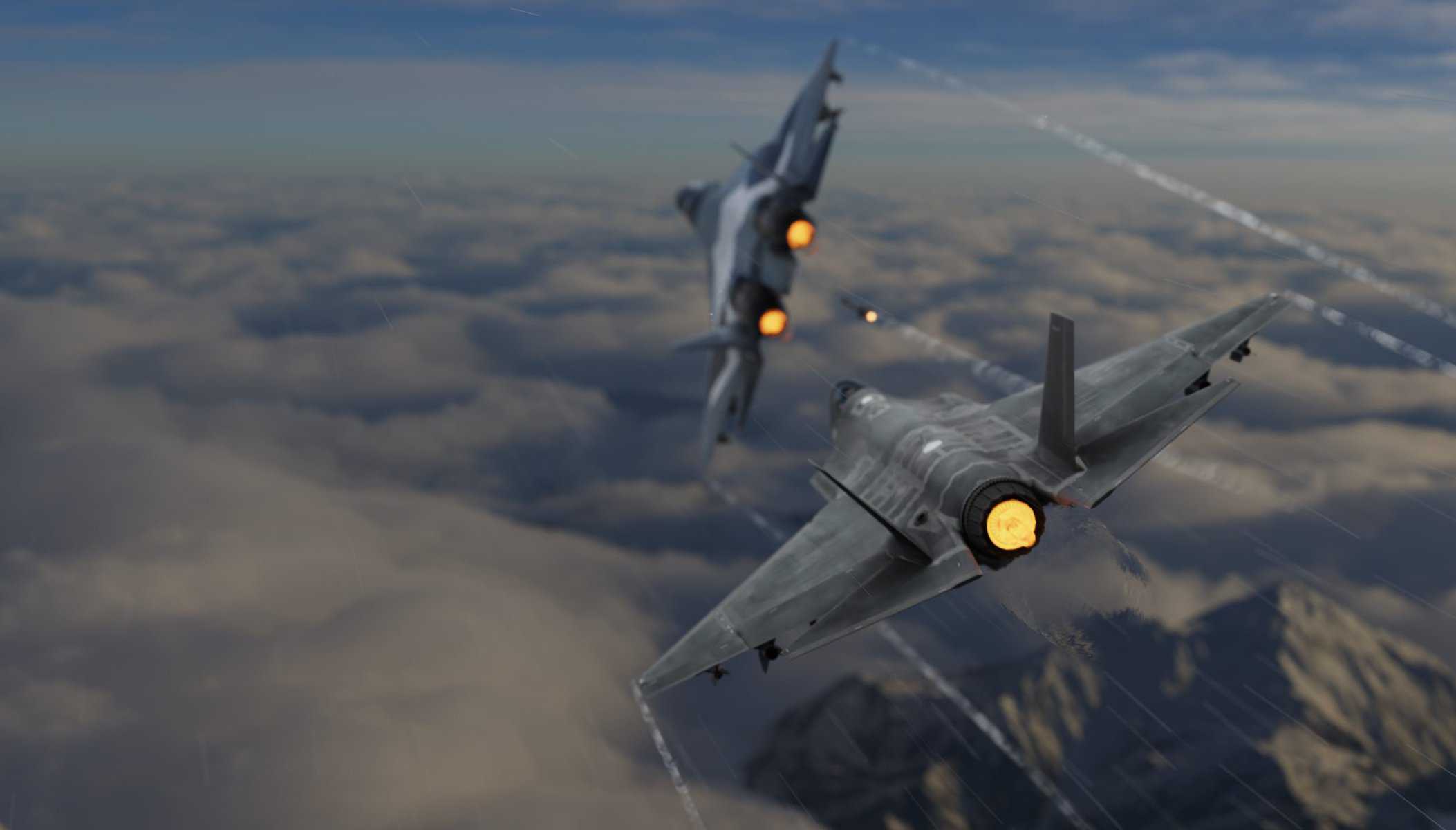The landscapes of modern aerial warfare are fiercely competitive, with nations around the globe investing heavily in advanced military aviation technology. Among the most notable contenders in this domain are the Russian SU-57 and the American F-35. Both fighters represent cutting-edge engineering and technological prowess, but they are designed with different missions and philosophies in mind. This article aims to provide a comprehensive comparison of the two, highlighting their features, capabilities, and roles within their respective air forces.
Design Philosophy and Role
The SU-57, developed by Sukhoi, is a fifth-generation multirole stealth fighter aimed primarily at achieving air superiority and ground attack capabilities. Its design embraces a supermaneuverability aspect, allowing it to perform complex aerial maneuvers that can outclass its rivals in dogfights. The aircraft is equipped with advanced avionics, sensors, and a powerful engine that enhances its agility.
In contrast, the F-35 Lightning II, designed by Lockheed Martin, focuses on versatility and multi-role capabilities. As a family of stealth aircraft, the F-35 comes in three variants: the F-35A (conventional takeoff and landing), F-35B (short takeoff and vertical landing), and F-35C (carrier-based). While it possesses advanced stealth features and an array of sensors for information warfare, the primary mission of the F-35 is to act as a networked system that gathers and shares data across multiple platforms, enhancing situational awareness on the battlefield.
Stealth Capabilities
Both the SU-57 and F-35 feature advanced stealth technologies; however, their approaches differ. The F-35 is engineered primarily for stealth, utilizing a design that minimizes its radar cross-section and incorporates radar-absorbent materials. This makes it incredibly difficult to detect, allowing it to penetrate heavily defended airspace for intelligence, surveillance, and reconnaissance (ISR) missions.
The SU-57, while also incorporating stealth features, prioritizes maneuverability and speed. Its design includes faceted surfaces to deflect radar waves, but the aircraft can be larger than the F-35, potentially making it less stealthy in certain configurations. The emphasis for the SU-57 is on engaging enemy aircraft with agility and firepower rather than stealth alone.
Avionics and Systems
In terms of avionics, the F-35 is equipped with the AN/APG-81 AESA radar, known for its high-resolution capabilities and long-range detection. The aircraft also boasts a sophisticated sensor fusion system that allows it to process vast amounts of information, providing pilots with a comprehensive operational picture.
The SU-57, on the other hand, features the Sh121 avionics suite which includes radar systems and sensors that provide similar situational awareness. However, while the SU-57 is advancing in electronic warfare capabilities, reports suggest it may not match the F-35’s level of sensor integration and data-sharing capabilities.
Performance and Maneuverability
When it comes to performance, the SU-57 is powered by two engines providing supercruise capabilities at high speeds without afterburners. Its thrust vectoring nozzles give it superior maneuverability, making it a formidable opponent in air-to-air combat situations.
The F-35, equipped with a single-engine design, offers good performance but may not reach the same maneuverability as the SU-57 in dogfights. However, the F-35 compensates with advanced tactics and situational awareness, which are crucial in modern combat scenarios.
Conclusion: Different Paths to Air Dominance
In conclusion, both the SU-57 and F-35 embody the forefront of military aviation technology but cater to different strategic needs. The SU-57 focuses on raw performance and maneuverability, capable of dominating in air-to-air engagements, whilst the F-35 emphasizes stealth, versatility, and a network-centric approach to warfare. Ultimately, their effectiveness depends on the mission requirements and the roles they are tasked to fulfill in their respective air forces. As technology advances and new threats emerge, the balance between these two aircraft and their capabilities will continue to evolve.
Tips, Life Hacks, and Interesting Facts about Modern Military Aviation
In the realm of military aviation, understanding the technological advancements and strategic philosophies of fighter jets like the Russian SU-57 and American F-35 enhances our appreciation for these engineering marvels. Here are some tips, life hacks, and fascinating facts related to modern military aircraft that you might find insightful.
Enhancing Your Knowledge of Aviation
1. Follow Aviation News: To stay updated on the latest military aircraft developments, subscribe to aviation magazines or follow reliable online platforms like Defense One. Regularly reading articles will keep you informed about new technologies, aircraft deployments, and mission outcomes.
2. Virtual Flight Simulators: Experience the thrill of flying combat aircraft by using flight simulator video games. Titles like Microsoft Flight Simulator or DCS World offer realistic flight mechanics, allowing you to fly various planes, including modern military jets. It’s an engaging way to learn about flight dynamics and military tactics.
3. Aviation Museums and Airshows: Visit aviation museums or airshows in your area to see these jets in person. Many museums feature full-scale replicas or preserved aircraft, such as the F-35 and SU-57, providing in-depth historical contexts and specifications.
Interesting Facts About Military Aircraft
– Network-Centric Warfare: The F-35 is known for its network-centric capabilities. Did you know that it can share real-time data with other aircraft and ground forces, creating a “Linked Battlefield”? This approach enhances mission effectiveness through improved situational awareness.
– Supermaneuverability: The SU-57’s thrust vectoring technology allows it to execute extreme maneuvers, making it capable of performing feats such as flat spins and high-speed turns. This capability significantly influences air combat dynamics.
– Stealth Technology Evolution: Both jets utilize stealth in play, but did you know that the F-35’s design principles come from lessons learned during the development of the F-22? Improvements in radar-absorbent materials and airframe design have been pivotal in shaping modern stealth strategies.
Life Hacks for Aspiring Aviation Enthusiasts
1. Online Courses: Consider enrolling in online courses focused on aerospace engineering or military history. Websites like Coursera or edX offer numerous courses, providing insights into the technical and strategic aspects of military aircraft.
2. Join Aviation Forums: Engaging with communities on platforms like Reddit or specialized aviation forums will help you connect with other enthusiasts. You can share knowledge, discuss aircraft features, and stay abreast of the latest trends in military aviation technology.
3. Documentaries and Books: Watch documentaries or read books about aviation history and military strategy. Some insightful titles include “Fighter Combat: Tactics and Maneuvering” and documentaries on the production and deployment of the F-35 and SU-57.
Conclusion: The Ever-Evolving World of Military Aviation
Understanding modern military aircraft like the SU-57 and F-35 requires both technical knowledge and appreciation for their strategic roles. By implementing these tips and exploring the fascinating world of military aviation, you can deepen your knowledge and appreciation of aerial warfare’s past, present, and future. For broader insights into defense technology, consider visiting Defens.gov.







